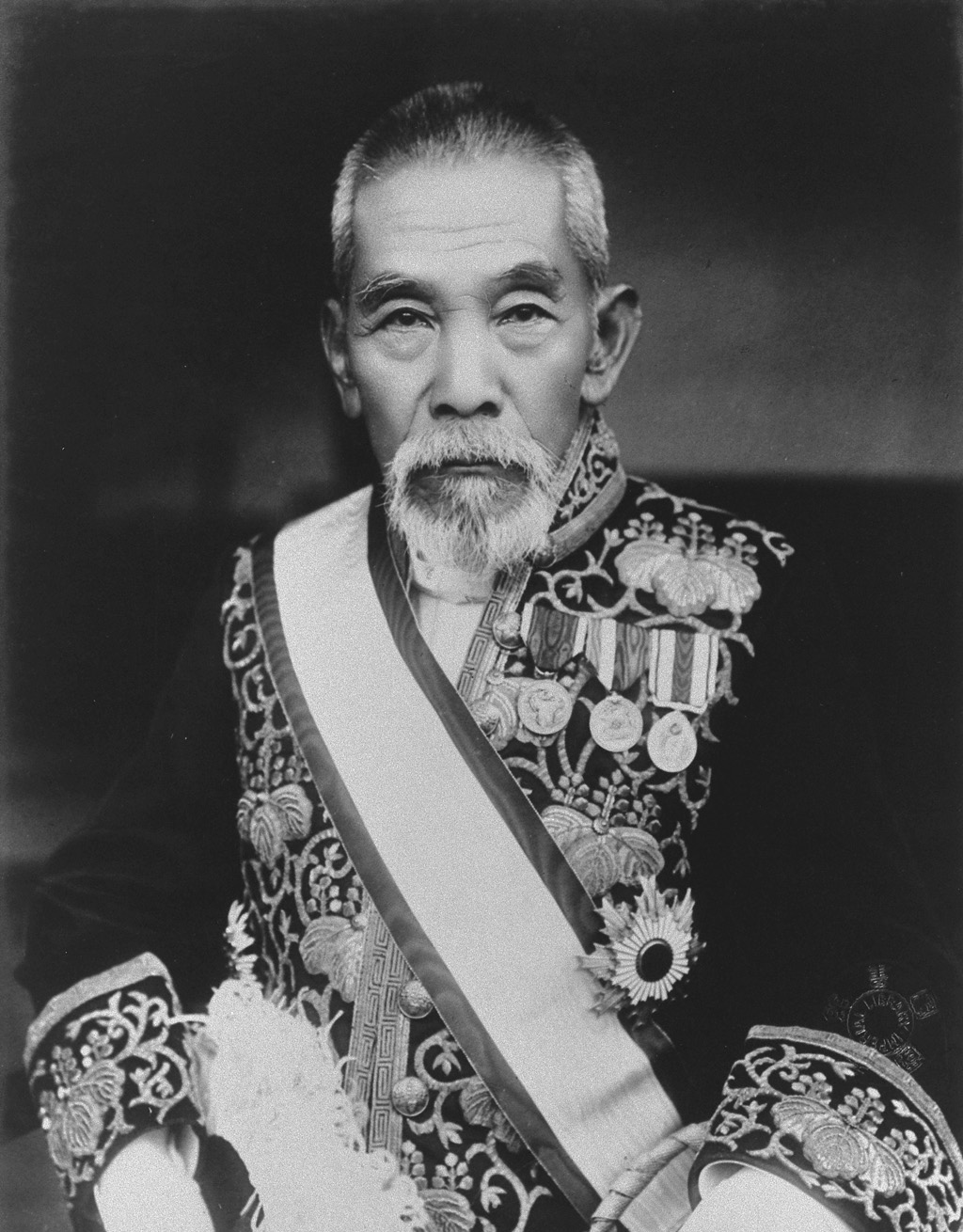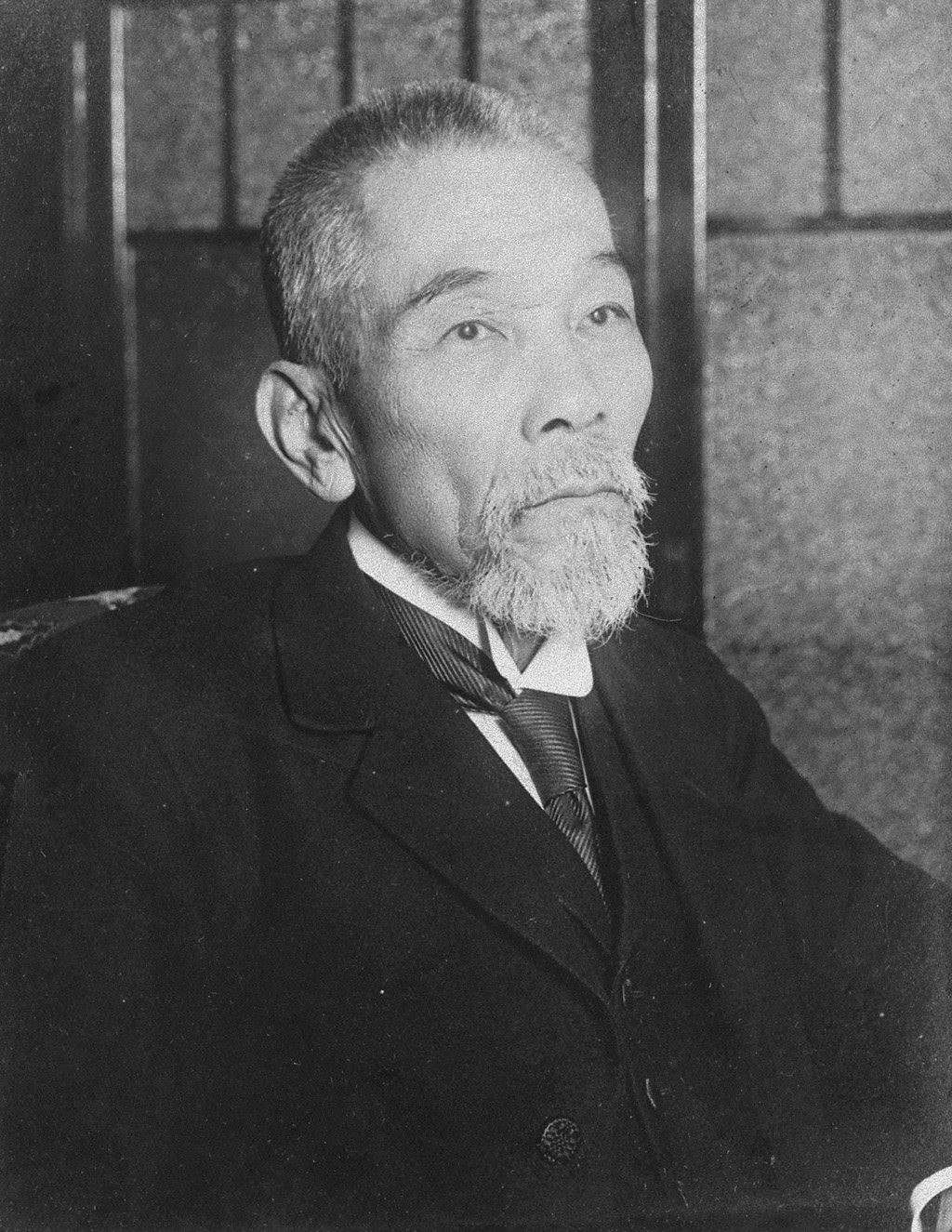|
Kakushintō
The Kakushintō (, "Reformist Party") was a political party in Japan. History The party was established on 3 June 1927 by a group of National Diet members from the Shinsei Club, all of whom had previously been members of the Kakushin Club.Haruhiro Fukui (1985) ''Political parties of Asia and the Pacific'', Greenwood Press, p597 It nominated 15 candidates for the 1928 general elections, winning three seats. In April one of its members, Ichirō Kiyose, left the party after being appointed Deputy Speaker of the House of Representatives. It won three seats again in the 1930 elections The following elections occurred in the year 1930. Asia * 1930 Persian legislative election * 1930 Madras Presidency legislative council election * 1930 Japanese general election Europe * 1930 Finnish parliamentary election * 1930 Norwegian parl ..., but was reduced to two seats in the February 1932 elections. It was subsequently dissolved on 25 July that year. Election results References {{ ... [...More Info...] [...Related Items...] OR: [Wikipedia] [Google] [Baidu] |
1928 Japanese General Election
General elections were held in Japan on 20 February 1928,Thomas T Mackie & Richard Rose (1991) ''The International Almanac of Electoral History'', Macmillan, p281 the first after the introduction of universal male suffrage. The ruling Rikken Seiyūkai led by Prime Minister Tanaka Giichi won one more seat than the opposition Rikken Minseitō led by Hamaguchi Osachi, although Rikken Minseitō had received slightly more votes. The hung parliament led to the Tanaka government continuing in office. Electoral system Following electoral reforms in 1925, the 466 members of the House of Representatives were elected from multi-member constituencies with between three and five seats. Voting had previously been restricted to men aged over 25 who paid at least 3 yen a year in direct taxation, but the reforms had also abolished the taxation requirement.Mackie & Rose, p276 As a result, the electorate increased from 3.3 million in the 1924 elections to 12.4 million. Results By prefectur ... [...More Info...] [...Related Items...] OR: [Wikipedia] [Google] [Baidu] |
1930 Japanese General Election
General elections were held in Japan on 20 February 1930.Klaus Schlichtmann (2009) ''Japan in the World: Shidehara Kijūrō, Pacifism, and the Abolition of War'', Lexington Books, p56 The Constitutional Democratic Party, which was led by Prime Minister Hamaguchi Osachi, won an overall majority in the House of Representatives House of Representatives is the name of legislative bodies in many countries and sub-national entitles. In many countries, the House of Representatives is the lower house of a bicameral legislature, with the corresponding upper house often c .... Voter turnout was 82%. Results By prefecture References General elections in Japan Japan 1930 elections in Japan Politics of the Empire of Japan February 1930 events Election and referendum articles with incomplete results {{Japan-election-stub ... [...More Info...] [...Related Items...] OR: [Wikipedia] [Google] [Baidu] |
1932 Japanese General Election
General elections were held in Japan on 20 February 1932.Bernd Martin (2006) ''Japan and Germany in the Modern World'', Berghahn Books, p136 They were the last elections before the May 15 Incident, which marked the temporary end of party politics in Japan. Rikken Seiyūkai won 301 of the 466 seats in the House of Representatives. Background In 1931, the ruling Rikken Minseitō opposed the Mukden Incident, which was engineered by the military. The anti-war Foreign Minister Kijuro Shidehara and Prime Minister Wakatsuki Reijirō were criticized for their intervention in military and was accused of "serious corruption". After the resignation of the Reijirō Cabinet, some right-wing members of the ruling party formed a coalition with the opposition Rikken Seiyūkai and elected Inukai Tsuyoshi as prime minister. Before the elections, some businessmen and candidates were assassinated by the right-wing. Results Despite assassinations of anti-war politicians, Rikken Minseitō was unpo ... [...More Info...] [...Related Items...] OR: [Wikipedia] [Google] [Baidu] |
Kokumin Dōmei
was a Japanese fascist political party in Japan active in the 1930s. In 1931, Home Minister Adachi Kenzō spoke out strongly in support of the Imperial Japanese Army’s unauthorized incursions into Manchuria and against the diplomatic policies pursued by Kijūrō Shidehara, and was expelled from the ranks of the ''Rikken Minseitō.'' Joining together with Nakano Seigō, Akira Kazami, and others, Adachi formed the right-wing political organization ''Kokumin Dōmei'' in December 1932 The Kokumin Dōmei advocated for a dirigiste economy with government control of strategic industries and financial institutions, and the creation of a Japan-Manchukuo economic union. The new party consisted mainly of defectors from the ''Minseitō'', and had an original strength of 32 seats in the Diet of Japan. In 1934, it demanded an inquiry into the Teijin Incident in an effort to bring down the cabinet of Prime Minister Saitō Makoto.Mitchell. Justice in Japan. Page 71-72 However, in 1935, ... [...More Info...] [...Related Items...] OR: [Wikipedia] [Google] [Baidu] |
Ichirō Kiyose
was a Japanese lawyer and politician who rose to serve as Minister of Education and later Speaker of the House of Representatives in the National Diet. As a lawyer, he rose to fame in Japan as one of the defense attorneys for the perpetrators of the May 15 Incident in 1932, and then later became famous internationally when he defended former prime minister Hideki Tōjō during the Tokyo War Crimes Trials after World War II. In 1960, as Speaker of the House of Representatives, he presided over the ramming through the Diet of the U.S.-Japan Security Treaty that cemented in place the U.S.-Japan alliance and allows the United States to maintain military bases on Japanese soil. Early life Kiyose was born in Yumesaki village, Shikama District, Hyōgo (present-day Himeiji city) on July 5, 1884. After graduating from Kyoto Imperial University with a degree in law, he became a lawyer who specialized in tenancy disputes and patent law. Political career In 1920, Kiyose was elect ... [...More Info...] [...Related Items...] OR: [Wikipedia] [Google] [Baidu] |
Kakushin Club
The Kakushin Club (, "Reformist Club") was a political party in Japan. History The party was established on 8 November 1922 as a merger of the Rikken Kokumintō (29 National Diet members), the Mushozoku Club (14 Diet members) and three independents.Haruhiro Fukui (1985) ''Political parties of Asia and the Pacific'', Greenwood Press, pp594–595 Dominated by the influence of Inukai Tsuyoshi, the Kakushin Club was the most democratic party of its age in Japan; it supported democratising politics by the immediate introduction of universal male suffrage and the election of prefectural governors. It also supported reforms to the economy and education, and an internationalist foreign policy, and attracted attention due to the relatively high number of female members. In 1923 the party held talks with the Kenseikai about a merger, but the two parties were unable to reach agreement over who would lead the new party. However, following the 1924 elections in which the Kakushin Club w ... [...More Info...] [...Related Items...] OR: [Wikipedia] [Google] [Baidu] |
Center
Center or centre may refer to: Mathematics *Center (geometry), the middle of an object * Center (algebra), used in various contexts ** Center (group theory) ** Center (ring theory) * Graph center, the set of all vertices of minimum eccentricity Places United States * Centre, Alabama * Center, Colorado * Center, Georgia * Center, Indiana * Center, Jay County, Indiana * Center, Warrick County, Indiana * Center, Kentucky * Center, Missouri * Center, Nebraska * Center, North Dakota * Centre County, Pennsylvania * Center, Portland, Oregon * Center, Texas * Center, Washington * Center, Outagamie County, Wisconsin * Center, Rock County, Wisconsin **Center (community), Wisconsin *Center Township (other) *Centre Township (other) *Centre Avenue (other) *Center Hill (other) Other countries * Centre region, Hainaut, Belgium * Centre Region, Burkina Faso * Centre Region (Cameroon) * Centre-Val de Loire, formerly Centre, France * Centre (depart ... [...More Info...] [...Related Items...] OR: [Wikipedia] [Google] [Baidu] |
Japan
Japan ( ja, 日本, or , and formally , ''Nihonkoku'') is an island country in East Asia. It is situated in the northwest Pacific Ocean, and is bordered on the west by the Sea of Japan, while extending from the Sea of Okhotsk in the north toward the East China Sea, Philippine Sea, and Taiwan in the south. Japan is a part of the Ring of Fire, and spans an archipelago of 6852 islands covering ; the five main islands are Hokkaido, Honshu (the "mainland"), Shikoku, Kyushu, and Okinawa. Tokyo is the nation's capital and largest city, followed by Yokohama, Osaka, Nagoya, Sapporo, Fukuoka, Kobe, and Kyoto. Japan is the eleventh most populous country in the world, as well as one of the most densely populated and urbanized. About three-fourths of the country's terrain is mountainous, concentrating its population of 123.2 million on narrow coastal plains. Japan is divided into 47 administrative prefectures and eight traditional regions. The Greater Tokyo Ar ... [...More Info...] [...Related Items...] OR: [Wikipedia] [Google] [Baidu] |
National Diet
The is the national legislature of Japan. It is composed of a lower house, called the House of Representatives (, ''Shūgiin''), and an upper house, the House of Councillors (, '' Sangiin''). Both houses are directly elected under a parallel voting system. In addition to passing laws, the Diet is formally responsible for nominating the Prime Minister. The Diet was first established as the Imperial Diet in 1890 under the Meiji Constitution, and took its current form in 1947 upon the adoption of the post-war constitution. Both houses meet in the in Nagatachō, Chiyoda, Tokyo. Composition The houses of the National Diet are both elected under parallel voting systems. This means that the seats to be filled in any given election are divided into two groups, each elected by a different method; the main difference between the houses is in the sizes of the two groups and how they are elected. Voters are also asked to cast two votes: one for an individual candidate in ... [...More Info...] [...Related Items...] OR: [Wikipedia] [Google] [Baidu] |
Shinsei Club , a Japanese commercial bank
{{dab ...
Shinsei may refer to: * Shinsei, Gifu, a former town in Japan * Shinsei (restaurant), a restaurant in Dallas, Texas * Shinsei Bank is a leading diversified Japanese financial institution that provides a full range of financial products and services to both institutional and individual customers. It is owned by SBI Group and headquartered in Chuo, Tokyo. History SBI Shins ... [...More Info...] [...Related Items...] OR: [Wikipedia] [Google] [Baidu] |
House Of Representatives (Japan)
The is the lower house of the National Diet of Japan. The House of Councillors is the upper house. The composition of the House is established by and of the Constitution of Japan. The House of Representatives has 465 members, elected for a four-year term. Of these, 176 members are elected from 11 multi-member constituencies by a party-list system of proportional representation, and 289 are elected from single-member constituencies. The overall voting system used to elect the House of Representatives is a parallel system, a form of semi-proportional representation. Under a parallel system the allocation of list seats does not take into account the outcome in the single seat constituencies. Therefore, the overall allocation of seats in the House of Representatives is not proportional, to the advantage of larger parties. In contrast, in bodies such as the German ''Bundestag'' or the New Zealand Parliament the election of single-seat members and party list members is linked ... [...More Info...] [...Related Items...] OR: [Wikipedia] [Google] [Baidu] |
Defunct Political Parties In Japan
Defunct (no longer in use or active) may refer to: * ''Defunct'' (video game), 2014 * Zombie process or defunct process, in Unix-like operating systems See also * * :Former entities * End-of-life product An end-of-life product (EOL product) is a product at the end of the product lifecycle which prevents users from receiving updates, indicating that the product is at the end of its useful life (from the vendor's point of view). At this stage, a ... * Obsolescence {{Disambiguation ... [...More Info...] [...Related Items...] OR: [Wikipedia] [Google] [Baidu] |




